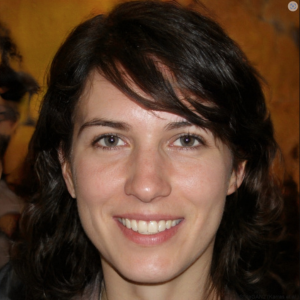The Paris 2024 Paralympic Games began with a dynamic opening ceremony at Place de la Concorde, turning the historic square into a symbol of modern change. Once the site of the French Revolution, the square now hosted a new kind of revolution—a movement for inclusion and equality for people with disabilities. Artistic director Thomas Jolly, who also designed the Olympics opening ceremony, created an event that blended celebration with a thought-provoking message about the realities faced by people with disabilities.
Under the evening sky, the colors of the French Republic—blue, white, and red—filled the air, as flags and smoke from the Patrouille de France display adorned the square. The ceremony was a mix of festive energy and reflective moments, shedding light on the contradictions of society. While Paralympians are celebrated on the field for their achievements, they often face significant barriers in their everyday lives. The ceremony called attention to these issues, urging the world to recognize and address the challenges that people with disabilities encounter.

Tony Estanguet, the President of the Paris 2024 Organizing Committee, spoke passionately about the significance of this event, framing it as the beginning of a positive revolution. “Welcome to the country of love and revolution,” Estanguet declared, highlighting that this revolution would be one of inclusion and progress, rather than conflict. He emphasized that the athletes, with their courage and determination, are the true revolutionaries, challenging societal norms and fighting for a more inclusive world.
The ceremony not only marked the start of the Games but also served as a powerful statement about the need for change. It reminded the world that the Paralympic Games are about more than just sport—they are about challenging perceptions and creating a society where everyone, regardless of ability, is valued and included. As the Games continue, Place de la Concorde stands as a symbol of this new revolution, one that seeks to transform the way we view disability and inclusion.










